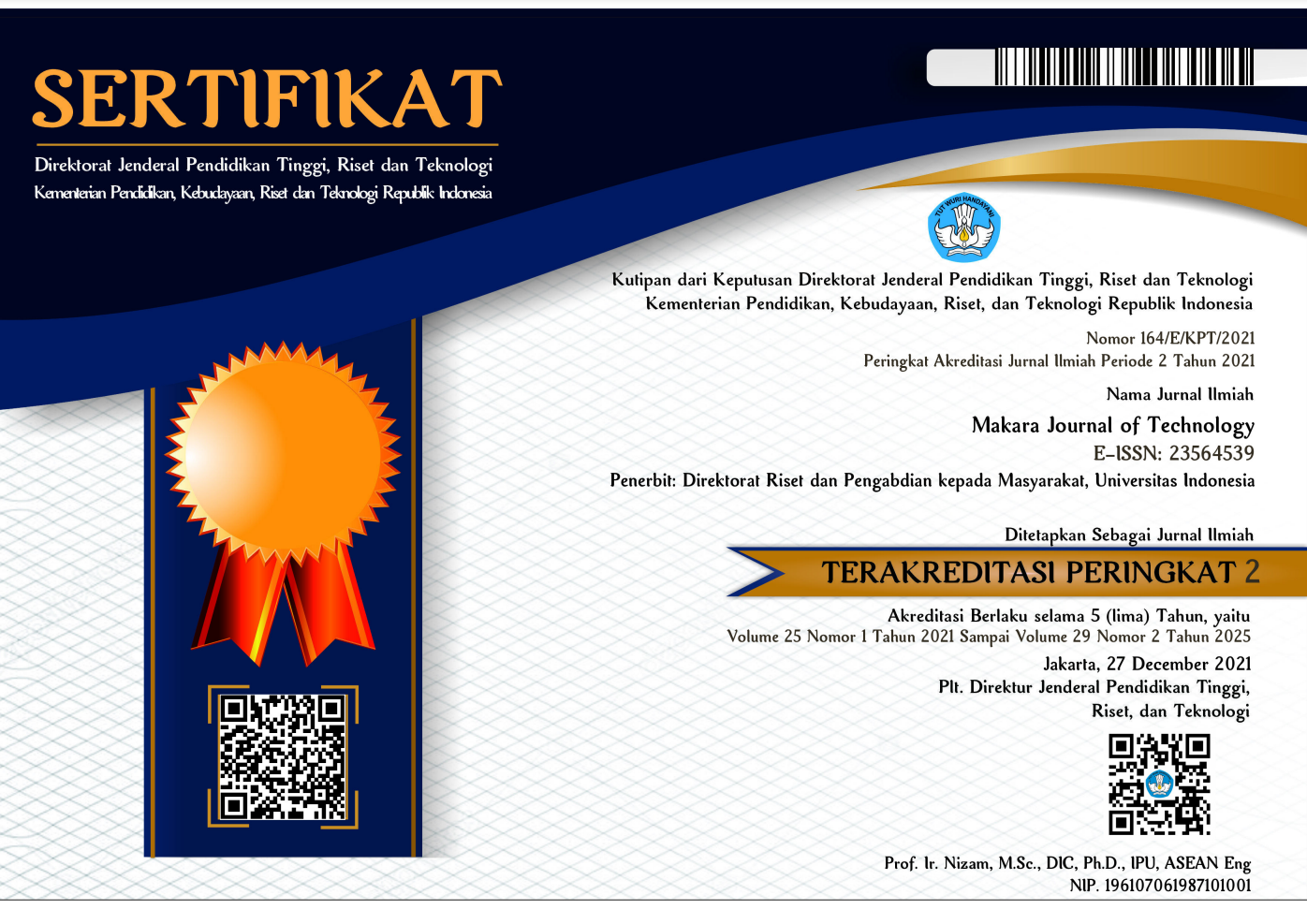Abstract
Many applications and industrial processes require very low cooling temperature, such as cold storage in the biomedical field, requiring temperature below -80 °C. However, single-cycle refrigeration systems can only achieve the effective cooling temperature of -40 °C and, also, the performance of the cycle will decrease drastically for cooling temperatures lower than -35°C. Currently, most of cascade refrigeration systems use refrigerants that have ozone depletion potential (ODP) and global warming potential (GWP), therefore, in this study, a cascade system is simulated using a mixture of environmentally friendly refrigerants, namely, carbon dioxide and a hydrocarbon (propane, ethane or ethylene) as the refrigerant of the low temperature circuit. A thermodynamic analysis is performed to determine the optimal composition of the mixture of carbon dioxide and hydrocarbons in the scope of certain operating parameters. In addition, an economic analysis was also performed to determine the annual cost to be incurred from the cascade refrigeration system. The multi-objective/thermoeconomic optimization points out optimal operating parameter values of the system, to addressing both exergy efficiency and its relation to the costs to be incurred.
Bahasa Abstract
Optimisasi Termoekonomi dari Sistem Pendinginan Cascade Menggunakan Campuran Karbon Dioksida dan Hidrokarbon di Sirkuit Suhu Rendah. Banyak aplikasi dan proses industri membutuhkan suhu pendingin yang sangat rendah, seperti cold storage di bidang biomedis yang memerlukan suhu di bawah -80 °C. Namun, sistem pendingin siklus tunggal hanya dapat mencapai suhu pendinginan yang efektif -40 °C dan kinerja siklus akan menurun drastis untuk pendinginan dengan suhu lebih rendah dari -35 °C. Saat ini, sebagian besar sistem pendingin cascade menggunakan refrigeran yang memiliki potensi penipisan ozon (ODP) dan potensi pemanasan global (GWP), oleh karena itu, dalam penelitian ini, sistem cascade disimulasikan menggunakan campuran refrigeran ramah lingkungan, yaitu karbon dioksida dan hidrokarbon (propana, etana atau etilena) sebagai refrigeran sirkuit suhu rendah. Sebuah analisis termodinamika dilakukan untuk menentukan komposisi optimal dari campuran karbon dioksida dan hidrokarbon dalam lingkup parameter operasi tertentu. Selain itu, analisis ekonomi juga dilakukan untuk menentukan biaya tahunan yang harus dikeluarkan dari sistem pendinginan cascade. Optimisasi multi-obyektif/termoekonomi menunjukkan nilai parameter operasi yang optimal dari sistem untuk mengatasi kedua efisiensi eksergi (exergy) dan kaitannya dengan biaya yang akan dikeluarkan.
References
J. Wu, M. Gong, Y. Zhang, U.S. Patent No. 20070007487 A1, 11 Jan. 2007.
ASHRAE Handbook, Refrigeration System and Applications (SI), American Society of Heating, Refrigerating, and Air-Conditioning, Engineer, Atlanta, Georgia, 2006.
Montreal Protocol on Substances that Deplete the
Ozone Layer, Article 5: Special situation of developing countries, United Nations Environment Programme, Nairobi, Kenya, 1987.
T.S. Lee, C.H. Liu, T.W. Chen, Int. J. Refrig. 29 (2006) 1108.
N. Cox, 12th European Conference, Milano, Italy, 2007.
S. Bhattacharyya, S. Mukhopadhyay, A. Kumar, R.K. Khurana, J. Sarkar, Int. J. Refrig. 28 (2005) 1292.
M.I. Alhamid, Syaka, R.B. Darwin, Nasruddin, Int. J. Mech. Mechatron. Eng. IJMME-IJENS, 10/6 (2010) 8.
J.A. Dopazo, J. Fernandez-Seara, J. Sieres, F.J. Uhi, Appl. Therm. Eng. 29 (2009) 1583.
H.M. Gettu, P.K. Bansal, Int. J. Refrig. 31 (2008) 54.
W. Bingming, W. Huagen, L. Jianfeng, X. Ziwen, Int. J. Refrig. 32 (2009) 1365.
O. Rezayan, A. Behbahaninia, Energy. 36 (2011) 895.
D.R.B. Syaka, Dissertation, Faculty of Technic, Universitas Indonesia, Indonesia, 2011.
R. Smith, Chemical Process: Design and Integration,
nd ed., John Wiley & Sons, New York, 2005.
A. Bejan, G. Tsatsaronis, M. Moran, Thermal design and optimization, John Wiley & Sons, New York, 1996.
Recommended Citation
Nasruddin, Nasruddin; Arnas, Arnas; Faqih, Ahmad; and Giannetti, Niccolo
(2016)
"Thermoeconomic Optimization of Cascade Refrigeration System Using Mixed Carbon Dioxide and Hydrocarbons at Low Temperature Circuit,"
Makara Journal of Technology: Vol. 20:
Iss.
3, Article 5.
DOI: 10.7454/mst.v20i3.3068
Available at:
https://scholarhub.ui.ac.id/mjt/vol20/iss3/5
Included in
Chemical Engineering Commons, Civil Engineering Commons, Computer Engineering Commons, Electrical and Electronics Commons, Metallurgy Commons, Ocean Engineering Commons, Structural Engineering Commons



